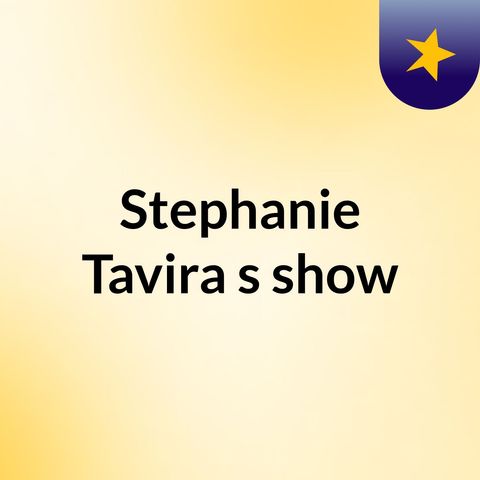Podcast Ch. 12

Download and listen anywhere
Download your favorite episodes and enjoy them, wherever you are! Sign up or log in now to access offline listening.
Nov 30, 2018 ·
5m 47s
Neurolinguistics is the study of the relationship between language and the brain. Obviously, the capacity for language is located in the brain, but as evidenced by Phineas Gage, it is...
show more
Neurolinguistics is the study of the relationship between language and the brain. Obviously, the capacity for language is located in the brain, but as evidenced by Phineas Gage, it is not located in the front. Our texts states that the parts of the brain related to language exist in the areas above the left ear. To make it easier to discern, the brain is basically split into two separate parts, the right and left hemisphere. Language functions are located in the left hemisphere. There are four major parts of the brain that our text focuses on. The first is Broca’s area, which is described at the anterior speech cortex. This area, when damaged, leads to difficulty in producing speech. Therefore, it is crucially involved in the production of speech. The next area is Wernicke’s area, described as the posterior speech cortex, which, when damaged, causes speech comprehension difficulties. This means that this area is crucial in understanding spoken language. The third area is the motor cortex, which controls the movement of muscles needed to move hands, feet, arms, etc. This area is close to Broca’s area, and controls the muscles of the face, jaw, tongue, and larynx. This means that it is needed physical articulation of speech. The last area is the arcuate(R Q IT) fasciculus, which is a bundle of nerves that connects Wernicke’s area to Broca’s area. With these areas, it is easy to conclude that the brain activity involved in hearing, understanding, and saying a word follow a definite pattern. This is referred to as the localization view. Hearing and comprehending a word occur in Wernicke's area. It is then transferred through the arcuate fasciculus to Broca’s area, where it is prepared to be spoken. It is then articulated using the motor cortex. This is, of course, a very oversimplified version of what may actually happen. Since we have no direct access to the linguistic process in the brain, we have to rely on what is discovered using indirect methods. Most of our information comes from observing what happens when the system has problems or malfunctions. An example would be when you have a word at the tip of your tongue. This most commonly occurs when trying to think of uncommon words or names. This can suggest that our word storage, so to speak, is organized based on phonological information. These mistakes are most commonly made when the target word and the mistaken word have phonological similarities. These mistakes are referred to as malapropisms. There is also the error of slips of the tongue. This is when some words get mixed up. An example would be, Give me my keys car instead of Give me my car keys. Slips of the tongue occur in three types. There is perseveration, which is when one sound is carried over to the next word. An example of this would be my favorite fovie. The next is anticipation, which is when a sound if used before its occurrence in the next word. An example of this is a tup of tea. The this is exchange, which is when sounds change places. An example of this would be pobody’s nerfect. While these are errors in articulation, they can also be referred to as slips of the brain. There are also slips of the ear, which is when we interpret or hear one word or phrase as another. While most of these are humorous and good natured, some of these occur to serious disorders in brain function. Language disorders are described as aphasia (A Faxia). Aphasia is the impairment of language function due to brain damage, which leads to difficulty in understand or producing linguistic forms. Most of this damage is caused by a stroke. However, it can also be caused by accidents. There is also Broca’s, or motor, aphasia, which is characterized by reduced speech and distorted articulation. There is also Wernicke’s, or sensory, aphasia, which is characterized by difficulties in auditory comprehension. People who suffer Wernicke’s aphasia may be fluent in speech, but do not make sense when they speak. The text also mentions the critical period of learning language, which is the belief that first language acquisition lasts from birth until puberty and if a child does not learn language in this time, then it will be impossible for them to learn language later on.
show less
Information
| Author | Stephanie Tavira |
| Website | - |
| Tags |
-
|
Copyright 2024 - Spreaker Inc. an iHeartMedia Company
